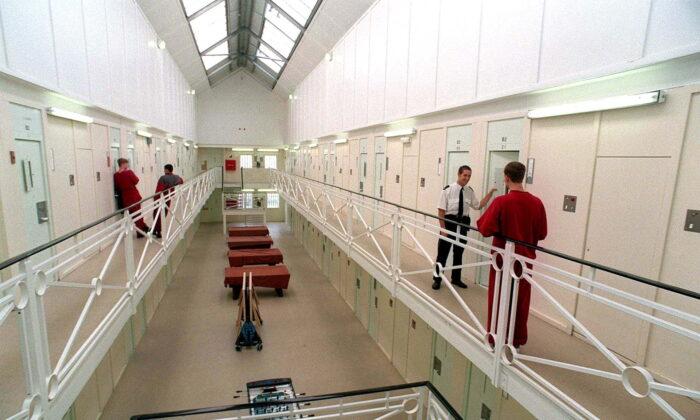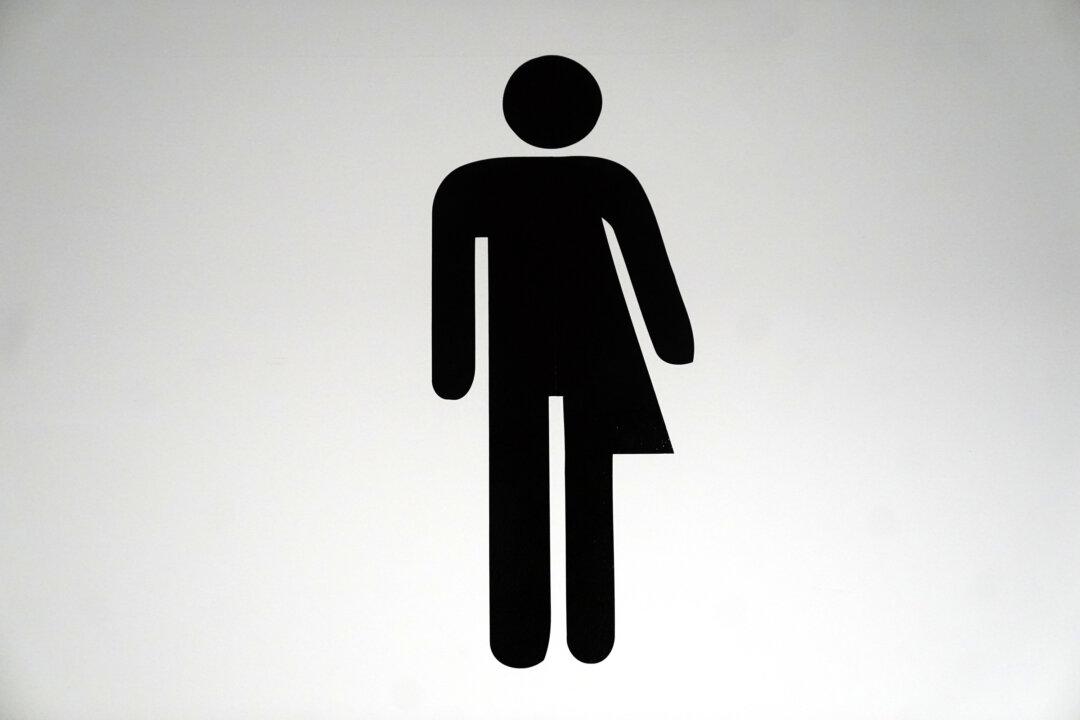Young offenders have been carrying weapons in a youth prison which had the highest number of attacks among prisons in England and Wales, an inspection report said.
An unannounced inspection of Her Majesty’s Young Offender Institution (HMYOI) Werrington, carried out on Jan. 24 and between Jan. 31 and Feb. 4, found the institution performed poorly in the areas of safety and purposeful activity.
The institution, situated in Staffordshire in the West Midlands of England, held 66 young prisoners at the time of the inspection, aged between 15 and 18.
During the 12 months before the inspection, 399 weapons had been found, around six weapons per child on average.
Children told inspectors that they had carried weapons because they didn’t trust the staff’s ability to keep them safe.
The report also said 16 percent of the children said they felt unsafe during the time of the survey and 38 percent said they had felt unsafe at some point in time.
In the six months before the inspection, there had been 105 assaults among children and 82 assaults on staff—representing a higher percentage of assaults than “any other prison in England and Wales.”
Some of these assaults are serious—including group assaults and the use of weapons—resulting in 31 children being taken to hospital.
Instead of risk management, the prison relied too much on a “reactive process of risk avoidance” by creating “keep apart” lists to separate individuals or groups, the report said.
The inspectors found staff managing 263 such lists among the 66 children, with the requirements “constantly changing.”
Staff had been spending most of their time managing the lists “which affected every aspect of life for the children,” the report said.
“Allocation of children to courses was not based on need or aspirations but on which children could mix together. This resulted in children becoming frustrated and disengaged.”
Charlie Taylor, HM Chief Inspector of Prisons, said the arrangement is “ineffective and harmful,” and “had come to totally dominate life in Werrington.”
The level of care in the prison also dropped to “reasonably good” from “good” since the last inspection in 2020, but Inspectors said they had found “some encouraging signs.”
The resettlement aspect of the prison was rated “reasonably good,” the same level with that in 2020.






Friends Read Free